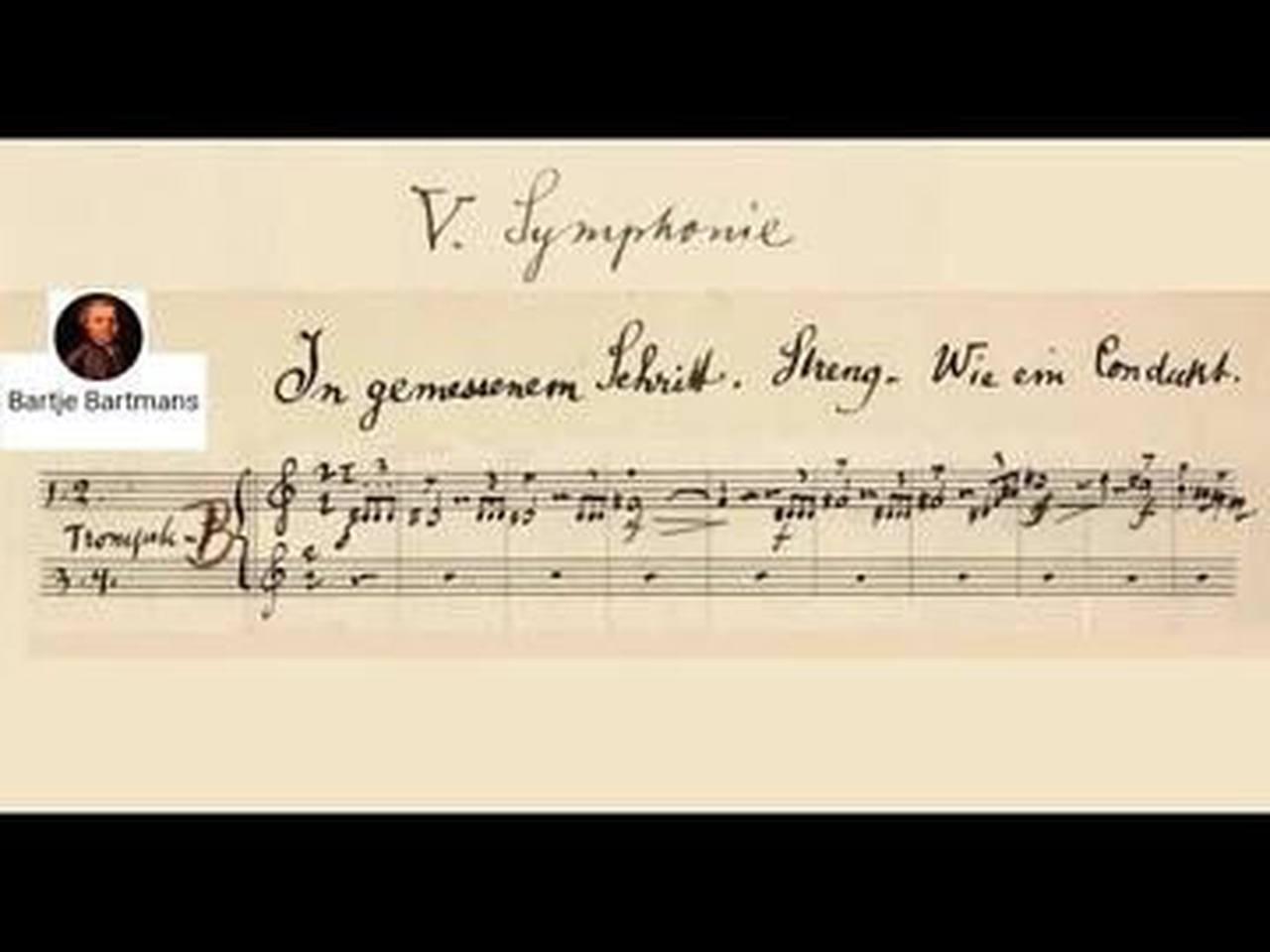Gustav Mahler (7 July 1860 – 18 May 1911) was an Austro-Bohemian Romantic composer, and one of the leading conductors of his generation. As a composer he acted as a bridge between the 19th-century Austro-German tradition and the modernism of the early 20th century. While in his lifetime his status as a conductor was established beyond question, his own music gained wide popularity only after periods of relative neglect, which included a ban on its performance in much of Europe during the Nazi era. After 1945 his compositions were rediscovered by a new generation of listeners; Mahler then became one of the most frequently performed and recorded of all composers, a position he has sustained into the 21st century. A 2016 BBC Music Magazine survey of 151 conductors ranked three of his symphonies in the top ten symphonies of all time.
Symphony No. 5 in C minor (1902. revised several times from 1904-1911)
Part I
1. Trauermarsch (0:00)
2. Stürmisch bewegt, mit größter Vehemenz (12:36)
Part II
3. Scherzo (26:42)
Part III
4. Adagietto (44:46)
5. Rondo-Finale (55:19)
Concertgebouw Orchestra conducted by Bernard Haitink
Philips 1971
Symphony No. 5 was composed in 1901 and 1902, mostly during the summer months at Mahler's holiday cottage at Maiernigg. Among its most distinctive features are the trumpet solo that opens the work with a rhythmic motif similar to the opening of Ludwig van Beethoven's Symphony No. 5, the horn solos in the third movement and the frequently performed Adagietto.
The musical canvas and emotional scope of the work, which lasts nearly seventy minutes, are huge. The symphony is sometimes described as being in the key of C♯ minor since the first movement is in this key (the finale, however, is in D major). Mahler objected to the label: "From the order of the movements (where the usual first movement now comes second) it is difficult to speak of a key for the 'whole Symphony', and to avoid misunderstandings the key should best be omitted."
Mahler wrote his fifth symphony during the summers of 1901 and 1902. In February 1901 Mahler had suffered a sudden major hemorrhage and his doctor later told him that he had come within an hour of bleeding to death. The composer spent quite a while recuperating. He moved into his own lakeside villa in the southern Austrian province of Carinthia in June 1901. Mahler was delighted with his newfound status as the owner of a grand villa. According to friends, he could hardly believe how far he had come from his humble beginnings. He was director of the Vienna Court Opera and the principal conductor of the Vienna Philharmonic. His own music was also starting to be successful. Later in 1901 he met Alma Schindler and by the time he returned to his summer villa in summer 1902, they were married and she was expecting their first child.
Symphonies Nos. 5, 6 and 7, which all belong to this period, have much in common and are markedly different from the first four, which all have strong links to vocal music. The middle symphonies, by contrast, are pure orchestral works and are, by Mahler's standards, taut and lean.
Counterpoint also becomes a more important element in Mahler's music from Symphony No. 5 onwards. The ability to write good counterpoint was highly cherished by Baroque composers, and Johann Sebastian Bach is generally regarded as the greatest composer of contrapuntal music. Bach played an important part in Mahler's musical life at this time. He subscribed to the edition of Bach's collected works that was being published at the turn of the century, and later conducted and arranged works by Bach for performance. Mahler's renewed interest in counterpoint can best be heard in the second, third and fifth movements of this symphony. #ClassicalMusic



Leave a Comment